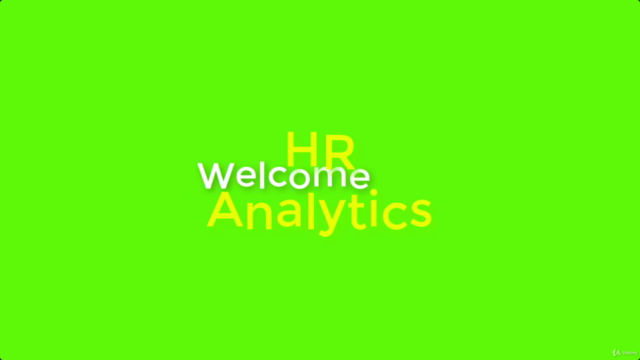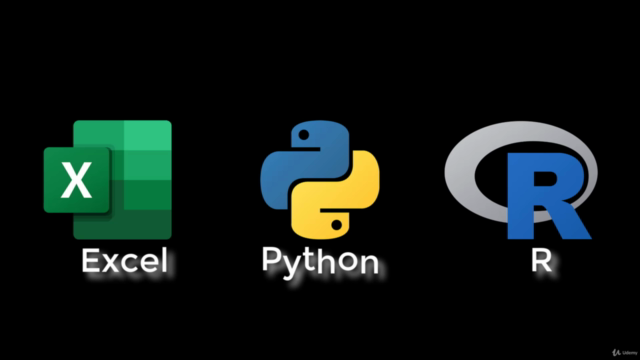HR Analytics Master Course with Excel, Python and R

Why take this course?
🚀 HR Analytics Master Course with Excel, Python, and R 📊
Dive into the world of Data-Driven Decision Making in Human Resources like never before! This Most Comprehensive Course on Data Analytics and HR Analytics is your gateway to unlocking the full potential of your workforce data and transforming it into strategic insights.
Course Description:
Welcome to a transformative learning journey that begins with the basics of statistics and culminates in mastery of advanced analytics techniques, including machine learning. This course is meticulously designed for HR professionals who aspire to leverage data analytics to drive business results and make informed decisions.
📈 Key Takeaways:
- Foundational Statistics: Learn applied statistics from the ground up, ensuring a solid foundation for your analytical journey.
- Analytics Mastery: Gain expertise in R and Python, the leading languages for data analysis in the HR field.
- Data Interpretation: Identify the nuances between dependent and independent variables within your datasets to inform strategic decisions.
- Data Preparation: Understand the critical steps involved in preparing data for analysis, ensuring accuracy and reliability of insights.
- Statistical Analysis: Master techniques for measuring Central Tendency, Variability, and the Shape of data to paint a complete picture of your workforce.
- Hypothesis Testing & Analysis: Learn the intricacies of Univariate and Bivariate Analysis, and apply Hypothesis Testing to validate findings.
- Feature Engineering: Discover how to engineer features that can uncover hidden patterns in your data.
- Statistical Model Building: Grasp the principles of building statistical models that inform HR strategies and practices.
- Business Problem Identification: Learn to identify key business problems and understand their significance to your organization's success.
- Machine Learning Techniques: Explore both Supervised and Unsupervised Learning Techniques, applying them to real-world HR scenarios.
🧐 Hands-On Learning Experience:
- Engage with 4 Case Studies that provide practical applications of the concepts taught.
- Utilize more than 20 Types of Charts/Plots to visualize and communicate your data effectively.
- Apply machine learning models to HR datasets to predict future trends and outcomes.
This course is carefully structured for beginners, with no prior knowledge of analytics required. Our intuitive, self-paced learning approach ensures that by the end of this course, you will be equipped with the skills to:
- Make data-driven decisions in HR management.
- Improve your company's ROI through informed strategies.
- Bridge the gap between traditional HR approaches and modern data analytics practices.
Join us on this analytical adventure and unlock the secrets of HR Analytics with Excel, Python, and R! 🎓
Course Gallery




Loading charts...
Comidoc Review
Our Verdict
The HR Analytics Master Course with Excel, Python and R is a comprehensive course offering hands-on experience in data analytics techniques tailored to the HR industry. While it caters well to those seeking a broad understanding of the subject, users should be prepared for some coding difficulties, potentially requiring additional resources or background. With its practical approach, this Udemy course remains a solid starting point for aspiring HR analysts.
What We Liked
- Covers a wide range of HR analytics techniques using Excel, Python, and R
- Highly responsive instructor willing to help with questions
- Applies statistical concepts to real-world HR cases and references
- Hands-on approach to learning data analytics in HR
Potential Drawbacks
- Some users found the coding sections difficult, particularly for those with little experience in programming
- Lacked depth in certain topics such as text analytics and Predictive Attrition Analysis
- Projects more focused on R than Python; could benefit from providing corresponding Python codes for case studies
- Some users experienced issues with installing files, importing libraries, and accessibility